In 1949, the U.S. Air Force demonstrated its global reach when a B-50 Superfortress made the first nonstop flight around the world. This feat was made possible by aerial refueling which the service has mastered over the course of 100 years. Although the Air Force still flies its first jet-powered tanker, the Boeing KC-135 Stratotanker, the new Boeing KC-46 Pegasus is replacing older KC-135s in the tanker fleet. Following its approval for general operational use in 2022, the Pegasus made its own milestone nonstop flight around the world two years later.
From June 29 – July 1, 2024, a KC-46A of the 22nd Air Refueling Wing executed Project Magellan. The 45-hour nonstop flight took off from and landed at McConnell Air Force Base, Kansas. Maximum Endurance Operations like Project Magellan test both aircraft and personnel to extend the Air Force’s reach and enable U.S. military operations across the globe.
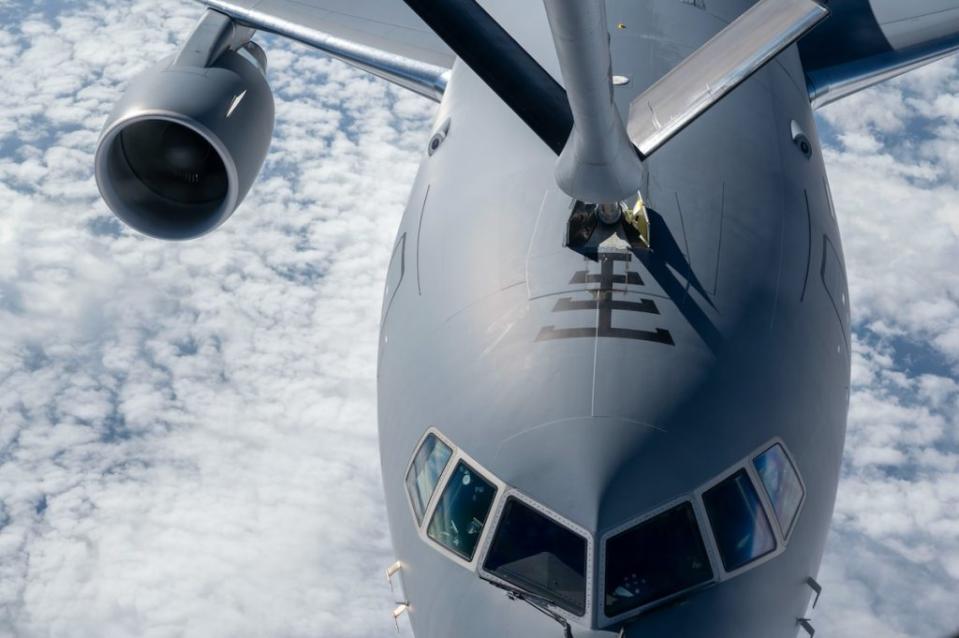
“Maximum Endurance Operations are all about overcoming the tyranny of distance: with a 48-hour duty day, you can literally fly across the world,” 22nd Operations Group executive officer Capt. Cody Donahue said in a public affairs release. “In an era of Great Power Competition, crews need the ability to operate longer than they have in the past, and Project Magellan is the next step in getting AMC crews experience in the game-changing new construct that is MEO.”
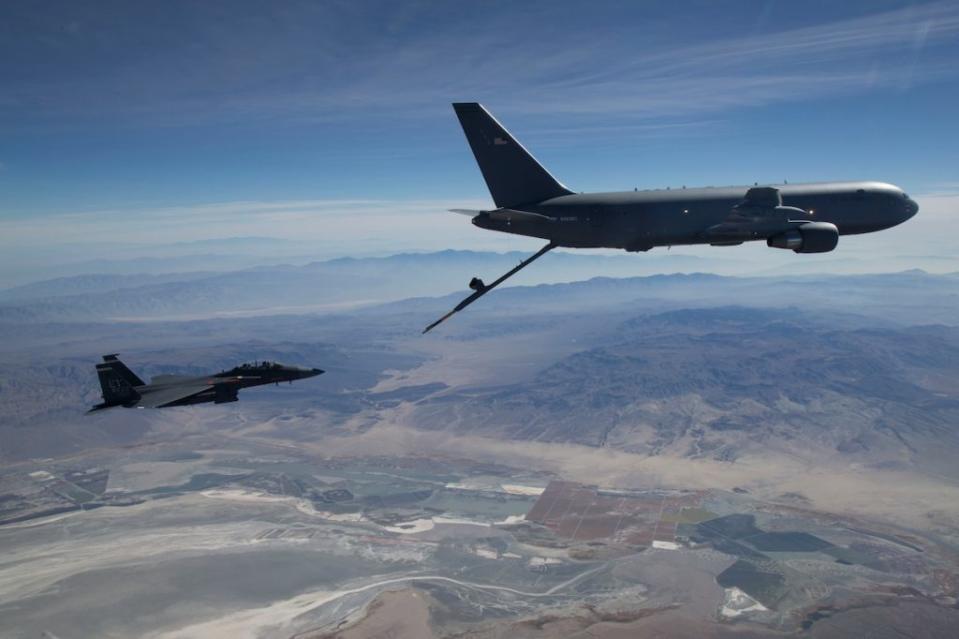
During Project Magellan, McConnell AFB coordinated for the KC-46 to demonstrate not only its range but its capability, too. Over the course of the nonstop circumnavigation, the tanker refueled B-2 Spirit stealth bombers, C-17 Globemaster III transports, F-15E Strike Eagle fighters, and even another KC-46. McConnell AFB was the first to receive the KC-46 in 2019 and has developed and advanced the aircraft’s capabilities since then.
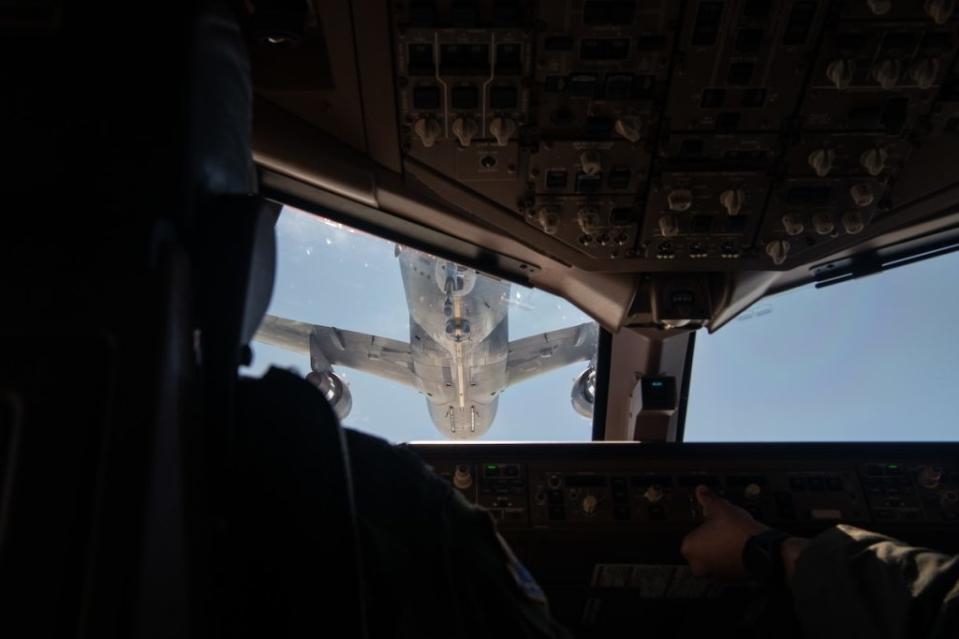
The KC-46 that flew Project Magellan were: Col. Brent Toth, aircraft commander; Capt. Cody Donahue, instructor pilot; Capt. Daison Batangan, instructor pilot; Capt. T.J. Buckley, instructor pilot; Master Sgt. Jonathan Lauterbach instructor boom operator; Master Sgt. Patrick Murray, instructor boom operator; Capt. Jacob Heyrend, flight surgeon; Staff Sgt. Alejandro Melendez, flying crew chief; and Staff Sgt. Dustin Shaffer, flying crew chief.
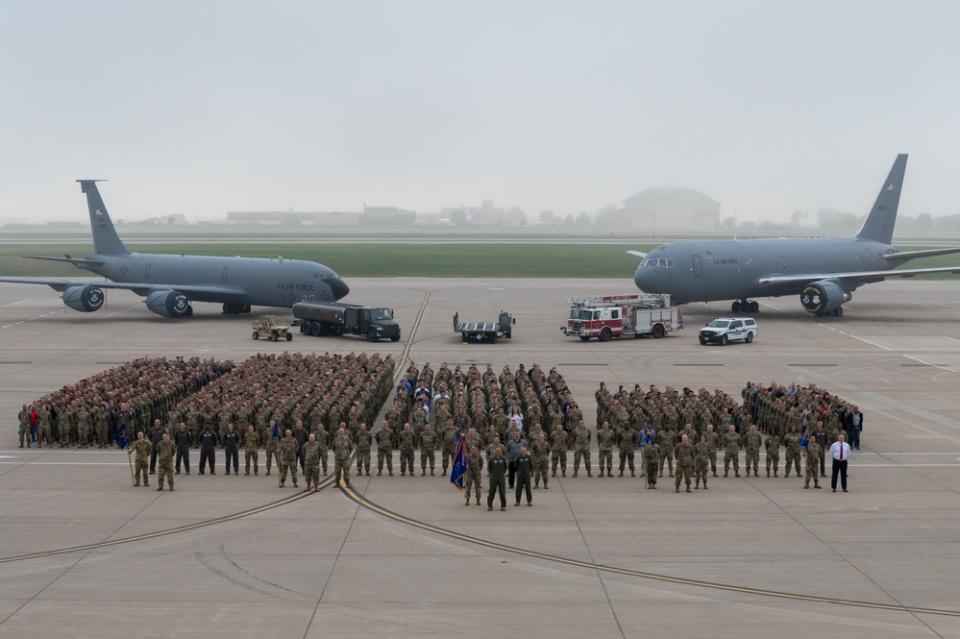
“Not only is the duration of this sortie notable, but we are completing it with just two basic crews,” Capt. Donahue noted in a public affairs release. “Previously, three pilots were able to fly as an ‘augmented’ crew for up to 24 hours. Going forward, AMC is looking to have a crew of four pilots operating for up to 48 hours.”
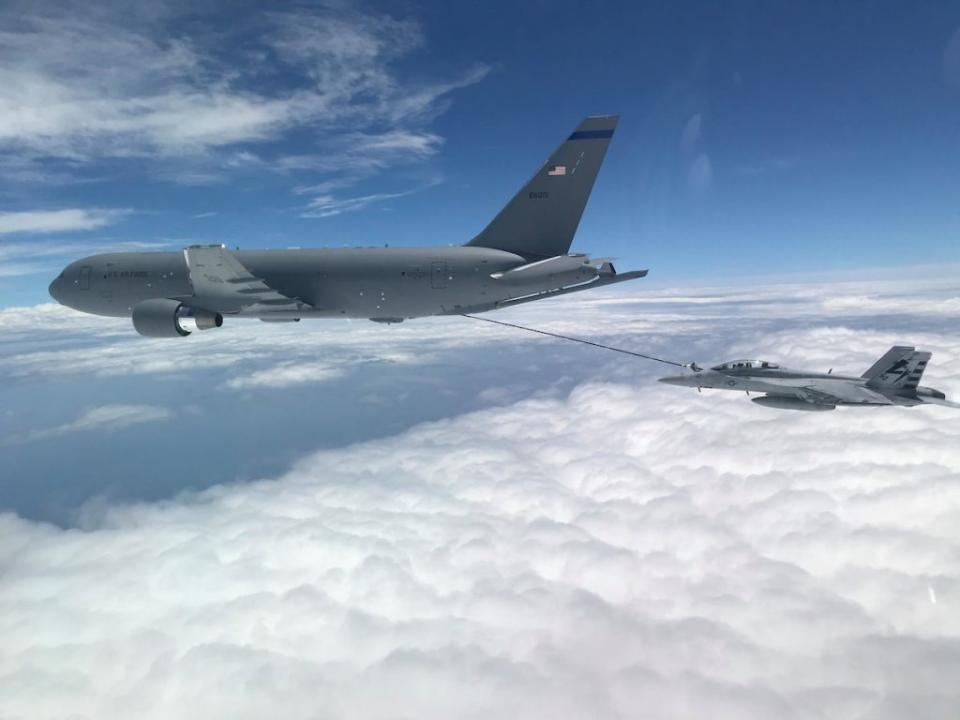
As the global security environment and the nature character of war rapidly evolve, the Air Force continues to reoptimize itself to prepare for potential future conflicts and continue to deter aggression worldwide. The service’s global footprint, enabled by aerial tankers and their dedicated crews, is critical to this strategy.
Source Agencies



